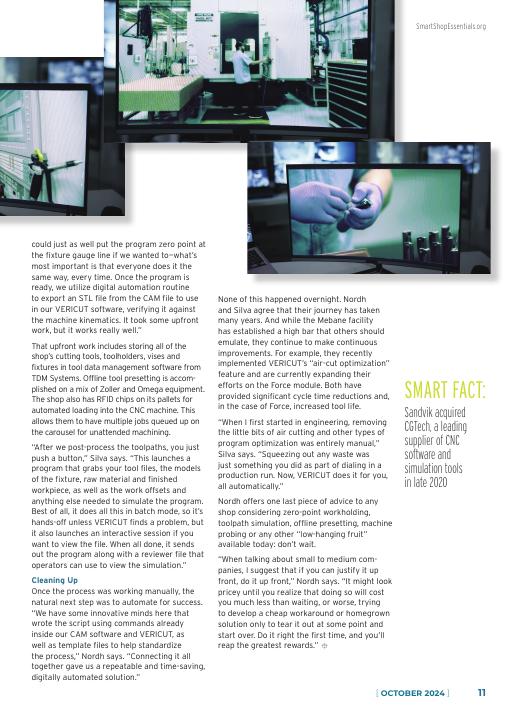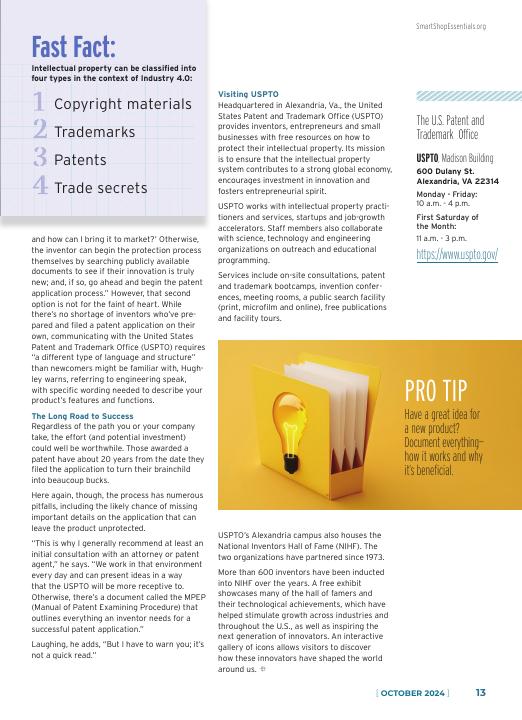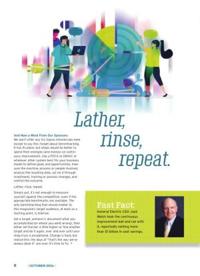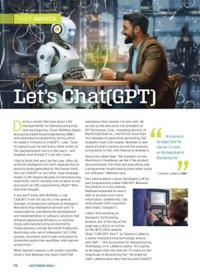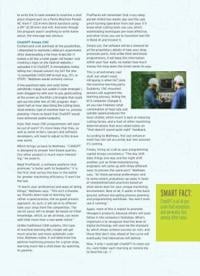Don’t Tell
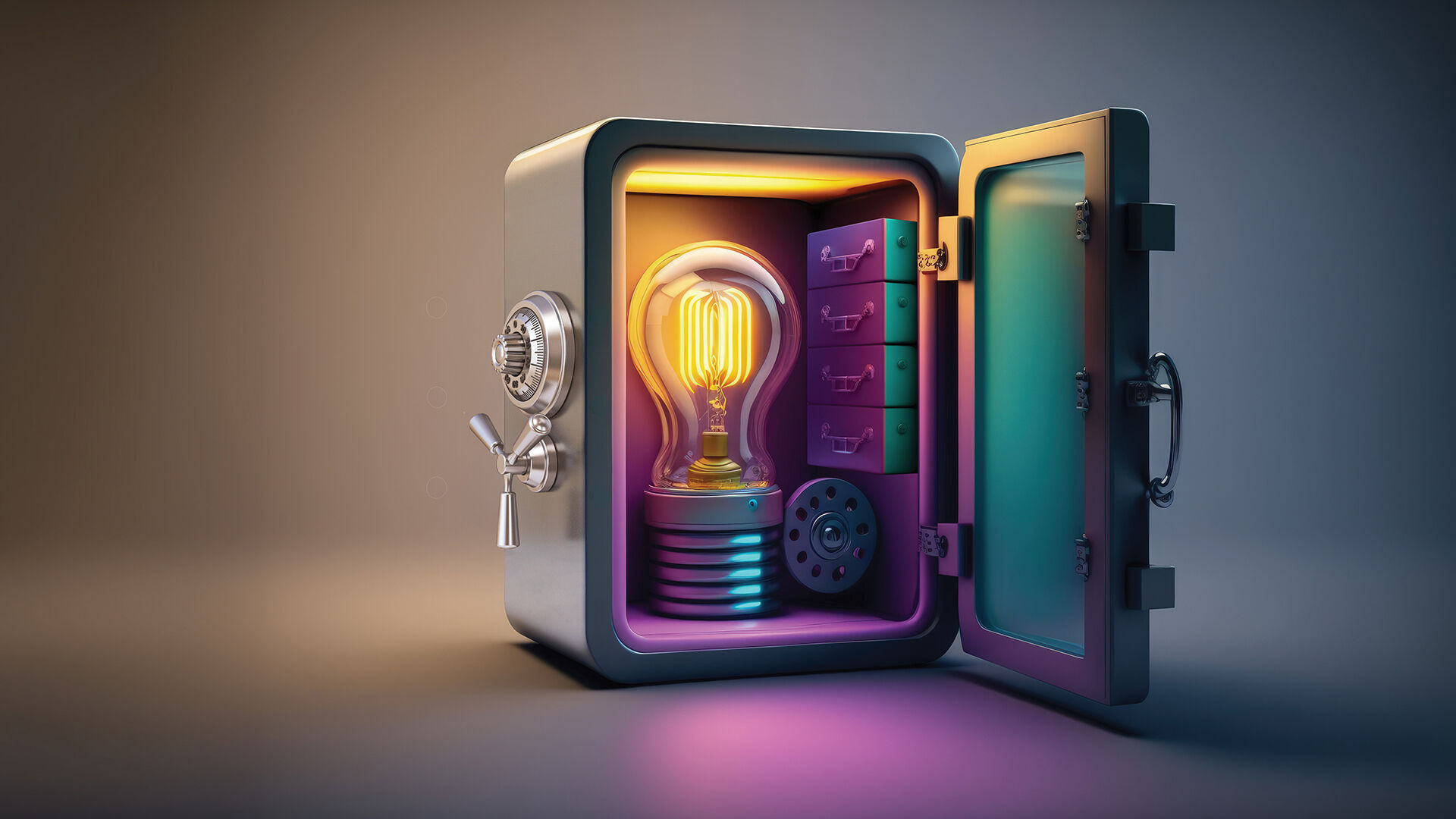
Manufacturers need to protect their intellectual property with a patent or through other legal means.
Elias Howe invented the sewing machine in 1845 to transform the textile industry. Eighty years later, Harry Cameron helped develop the ram-type blowout preventer, making oil and gas drilling safer and more environmentally friendly. And in the early 1940s, Ralph Teeter decided cars needed cruise control decades before the interstate highway system would make it more than a nice-to-have dealer option.
These illustrious inventors have several things in common. All were patent holders, have been inducted into the National Inventors Hall of Fame and were machinists.
If necessity is the mother of invention, boredom is often its father. Between those long, monotonous hours of cranking the handles and pulling the levers on an engine lathe or knee mill—or more recently, watching metal and coolant fly while standing behind the polycarbonate window on a CNC machine tool—well, sometimes inspiration strikes.
If this was you and you’ve just dreamed up the next greatest mouse trap, good job! Perhaps your name will one day stand alongside these and other notables. In the meantime, though, Jonathan Hughley has a recommendation: keep it to yourself. “It’s certainly understandable that you’d want to show your idea to others, but take a step back and consider how to actually protect your idea—that’s often the most important step in the product development process.”
He should know. Hughley is a partner and chair of the Industrial and Mechanical Technologies Practice at Marshall, Gerstein and Borun LLP, a law firm that specializes in “patent and trademark prosecution, transactional and litigation counsel, copyright protection and other IP services.”
Hughley can help inventors, product designers and manufacturing professionals with all of the above and is willing to offer “advice for securing your next big idea.” And while it’s unlikely your latest brainstorm will earn you a pitch on “Shark Tank,” he’s got your back if it does: Hughley once helped a startup company obtain patent protection, leading to a successful appearance on the entrepreneurial investment show.
Until that glorious day, he has some commonsense advice, starting with the not-so-fun part of product development: documentation. “Write a summary of your invention,” Hughley urges. “Explain what it is, how it works, why it’s beneficial, and so on. From there, people can take one of two paths. They can just reach out directly to a patent attorney and say, ‘Here’s my idea. What do you think of it, and how can I bring it to market?’ Otherwise, the inventor can begin the protection process themselves by searching publicly available documents to see if their innovation is truly new; and, if so, go ahead and begin the patent application process.” However, that second option is not for the faint of heart. While there’s no shortage of inventors who’ve prepared and filed a patent application on their own, communicating with the United States Patent and Trademark Office (USPTO) requires “a different type of language and structure” than newcomers might be familiar with, Hughley warns, referring to engineering speak, with specific wording needed to describe your product’s features and functions.
The Long Road to Success
Regardless of the path you or your company take, the effort (and potential investment) could well be worthwhile. Those awarded a patent have about 20 years from the date they filed the application to turn their brainchild into beaucoup bucks.Here again, though, the process has numerous pitfalls, including the likely chance of missing important details on the application that can leave the product unprotected.
“This is why I generally recommend at least an initial consultation with an attorney or patent agent,” he says. “We work in that environment every day and can present ideas in a way that the USPTO will be more receptive to. Otherwise, there’s a document called the MPEP (Manual of Patent Examining Procedure) that outlines everything an inventor needs for a successful patent application.”
Laughing, he adds, “But I have to warn you; it’s not a quick read.”
Visiting USPTO
Headquartered in Alexandria, Va., the United States Patent and Trademark Office (USPTO) provides inventors, entrepreneurs and small businesses with free resources on how to protect their intellectual property. Its mission is to ensure that the intellectual property system contributes to a strong global economy, encourages investment in innovation and fosters entrepreneurial spirit.
USPTO works with intellectual property practitioners and services, startups and job-growth accelerators. Staff members also collaborate with science, technology and engineering organizations on outreach and educational programming.

PRO TIP
Have a great idea for a new product? Document everything--how it works and why it's beneficial.
Services include on-site consultations, patent and trademark bootcamps, invention conferences, meeting rooms, a public search facility (print, microfilm and online), free publications and facility tours.
USPTO’s Alexandria campus also houses the National Inventors Hall of Fame (NIHF). The two organizations have partnered since 1973.
More than 600 inventors have been inducted into NIHF over the years. A free exhibit showcases many of the hall of famers and their technological achievements, which have helped stimulate growth across industries and throughout the U.S., as well as inspiring the next generation of innovators. An interactive gallery of icons allows visitors to discover how these innovators have shaped the world around us.
